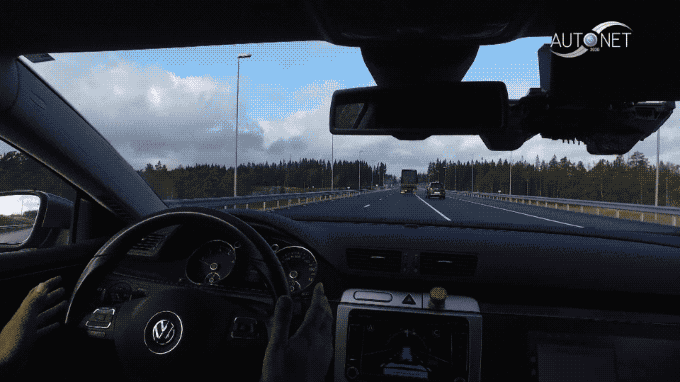Academics from the École Polytechnique Fédérale de Lausanne (EPFL) have created a working system that allows vehicles to drive autonomously at highway speeds, while navigating multi-lane traffic in real-world settings, using wireless communication based on basic Wi-Fi standards. The study was meant to show how communication between vehicles enabled by tech built-in to most modern cars, when combined with sensor systems also included on modern vehicles, can work together to provide advanced self-driving capabilities and enhance passenger safety in both driver and driverless cars.
The idea is that the cars can work as collaborative platoons, perhaps guided by a single or a few human-controlled vehicles. This is a practice already in service in some tests, with convoys of autonomous trucks playing a fairly rigorous game of “follow the leader” based on established pre-set rules. But the EPFL researches came up with something more flexible, in which cars communicate continually with those around them in close proximity, adapting on the fly so that they aren’t solely reliant on one centralized leader or control center. This allows them to handle variances in traffic, and to add or subtract members from the convoy as needed.
The benefits of this system include access to as many sets of virtual “eyes” as there are vehicles with sensors in the array, and the researchers say there’ also no upwards limit in terms of how large the group can grow. So far, the real-world demonstration has been limited to only a network of three cars, but it still represented a successful proof of concept, paving the way for larger trials to follow.
Car makers including Honda, which debuted its “safe swarm” concept at CES this year, are already interested in how connected vehicles might be able to work together to more effectively navigate roads and traffic, both with people behind the wheel and without, so expect to see a lot more funding and research focused on this area in the future.
